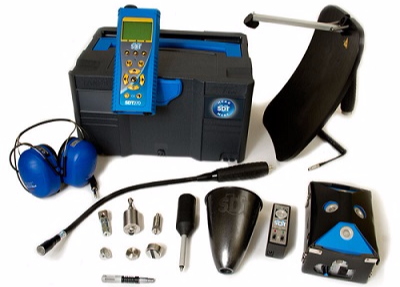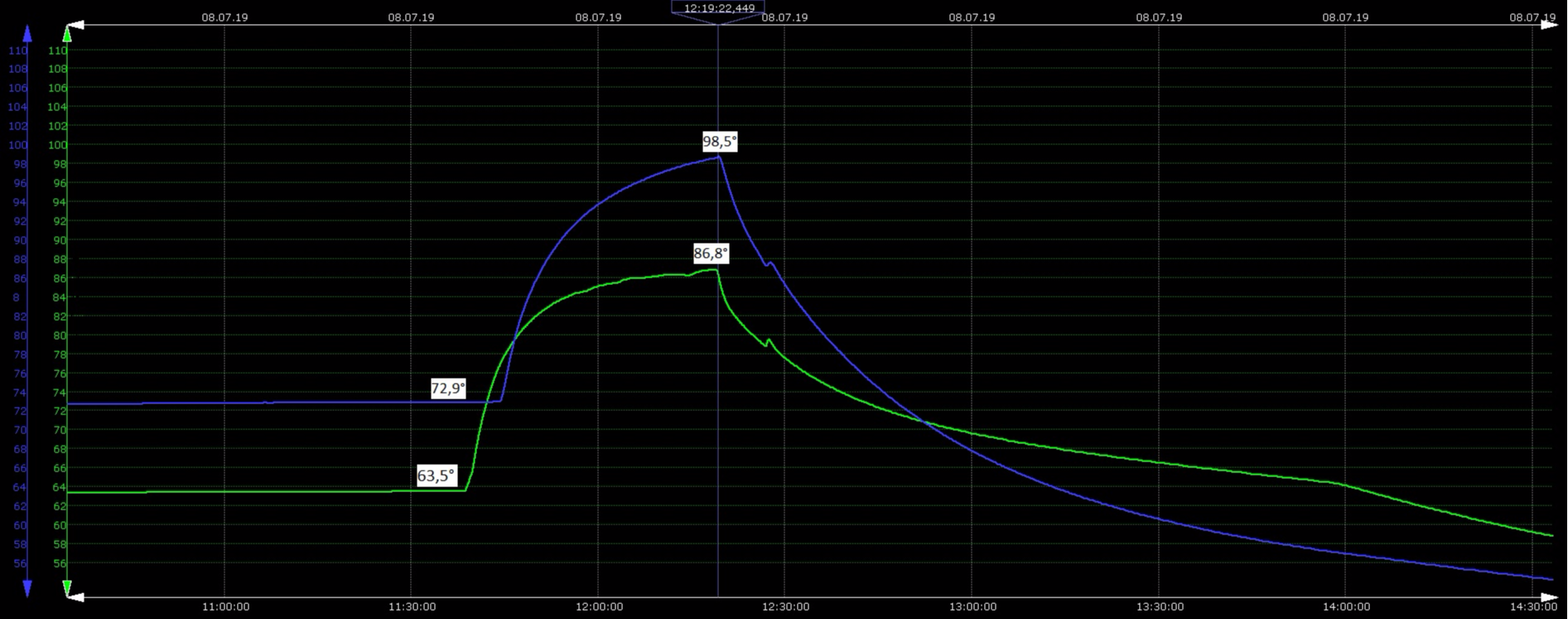Bearing grease replenishment with ultrasound measurement
Эксперимент, Дефекты подшипников, Ультразвук
More recently, an interesting case has occurred during maintenance of the electric motor of the pumping unit. Anyway for me. But it is interesting for the experiment and the consequences that will certainly replenish the piggy bank of my technical experience, and therefore yours. But first things first.

Your humble servant, mindful of the article "[Three errors in the lubrication of bearings] (https://techdiagnost.com/en/post/9/)" decided to check the described method of ultrasonic testing when replenishing the lubricant, especially since the desired device (as on the picture in the article) is available. At the enterprise, maintenance is carried out as usual - in accordance with the instructions and guidelines on the schedules, replenish the lubricant with a certain amount, and I do not have the right to intervene in the process, but I can perform measurements during the operation. The management went forward and invited to participate in the maintenance of the electric motor of the vertical oil pump. The electric motor has a flange mount to the oil tank and access to both bearings is free. The characteristics of the equipment are not important, it makes no sense to bring them.
To begin with, I install an ultrasonic sensor with a magnetic mount on the motor housing as close as possible to the bearing assembly No. 1 (from the side of the blower impeller). Using the SDT-270, I measure the noise level and listen through headphones at various frequencies. I make sure that the maximum noise in the region of 29.5 dB is at the recommended frequency of 38 kHz, I set the gain to A = 70.
At my command, a representative of the electric shop starts to pump lubricant. We look at the changes on the SDT screen:
Similarly, we inject grease into bearing No. 2:
On bearing No. 1, the process is more visual. At the initial moment of lubricant injection, the noise increases sharply, and then drops. As I understand it, this is due to the fact that when a portion of the lubricant arrives, the bearing experiences a load. Further, the lubricant is distributed in volume, the load and noise are reduced. With further pumping, the noise level increases, which in that article is explained by an excess of lubricant, which again leads to a load in the bearing. After reaching the minimum dB values at the beginning of the rise in the noise level, the lubricant injection must be stopped, but we follow the maintenance schedule - 150 ml is pumped up as it should.
What is heard in the headphones of the device? Even loud noise abruptly changes to quiet. As if quickly turned down the volume.
And now for a more interesting one. Both bearings, as can be seen from the video (bearing No. 2 did not really need replenishment of grease), turned out to be full of lubricant. Why do I think that they are crowded? Thermal monitoring sensors recorded a sharp increase in temperature immediately after maintenance:

Hopes that the temperature increase would not exceed 90 °C did not materialize and an emergency transition to the backup pump was made. Here is your scheduled maintenance.
The question in my head is how to remove excess grease? Disassembling an electric motor is not an option. With this workshop, the owner of the equipment coped. Three or four starts of the pump with cooling interruptions and additional blowing of bearing No. 2 were enough for the bearings to squeeze out excess and temperatures returned to their usual values.
Summarizing. The experiment confirmed the efficiency and significance of the use of ultrasonic testing when replenishing lubrication of rolling bearings. A vivid example of equipment failure with a conservative approach to maintenance is shown.